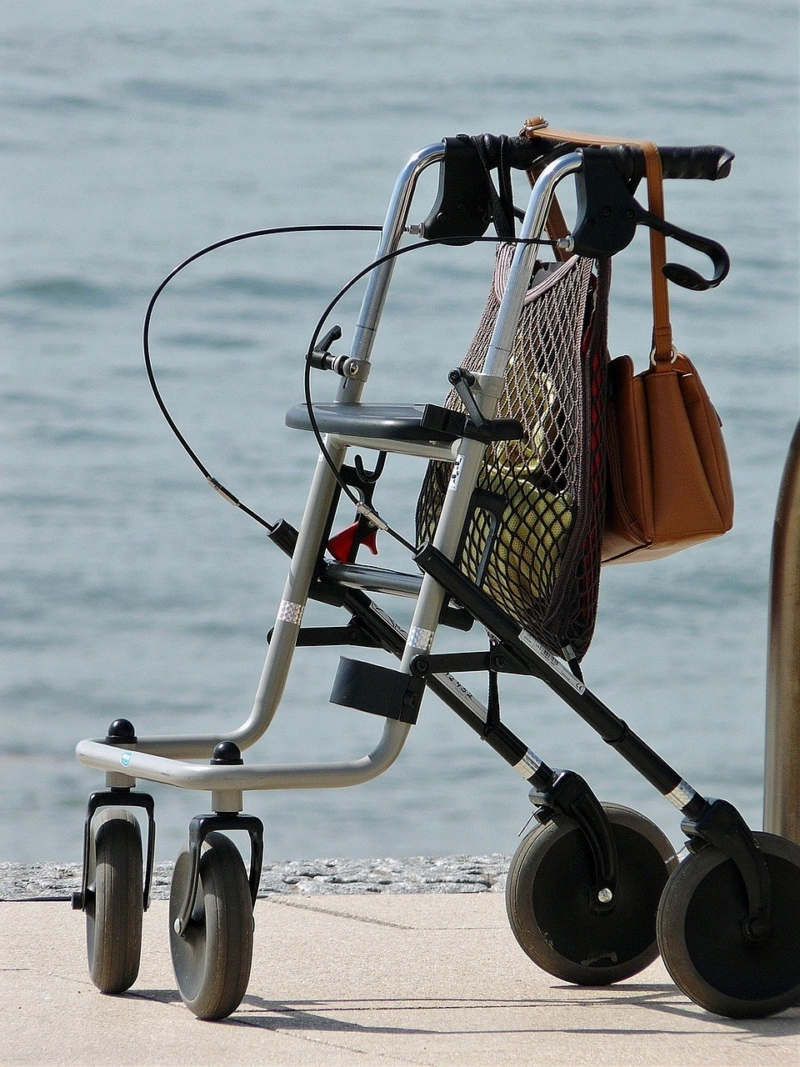Living with inherited ataxia presents physical and emotional challenges — but with the right tools, support, and mindset, you can take confident steps toward better function and wellbeing. At cann, our clinicians work with you to build strategies that fit your life and help you focus on what matters most
Keep moving – stay active safely
Movement is one of the most powerful tools you have. Regular, purposeful activity can support balance, strength, and confidence.
- Balance exercises like standing on one leg or gentle Tai Chi, can help reduce the risk of falls.
- Strength training such as using light weights or resistance bands can improve mobility.
- Aerobic activities (e.g., walking, swimming, cycling) build endurance and support heart health.
- Task practice – Practicing activities you do every day (e.g., reaching, walking in different environments) improves function.
- Ask a physiotherapist to help you design a personalised, safe, and realistic exercise plan.
Tackle fatigue and plan with purpose
Fatigue in ataxia is real and often misunderstood. It affects both body and mind — it’s different from just feeling tired.
- Plan your day to include regular rest breaks.
- Spread tasks across the week rather than trying to do everything in one day.
- Sit to complete tasks when you can (e.g. preparing food, folding washing).
- Focus on completing one task at a time and reduce multitasking.
- Add pockets of movement to different parts of your day
- Stretch in bed before getting up
- Balance on one leg while brushing teeth
- Knit, play cards or do hand exercises to maintain dexterity
Stay safe and prevent falls
Falls are common in ataxia but they’re not inevitable. Small changes can improve safety and confidence.
- Use handrails, non-slip mats, or a walking aid if recommended.
- Keep your space clutter-free and well lit.
- Wear supportive shoes with a good grip.
- Avoid rushing – take your time and stay mindful of your movements.
Use tools that help you thrive
The right equipment can help you stay independent and reduce strain.
- Mobility aids (e.g., sticks, walkers) provide balance support.
- Daily living aids like adaptive cutlery, handwriting aids, or voice-activated tools can help manage hand coordination changes and support independence
- Ask your occupational therapist about what might be helpful for your situation.

Manage speech, swallowing and communication
If your speech or swallowing changes, a speech-language therapist can help with exercises, strategies, and tools to improve communication and safety when eating or drinking.
Stay connected and informed
- You're not alone. Connecting with others who understand ataxia — through support groups or online communities — can help reduce isolation and build confidence.
- Jot down changes or concerns between appointments so you can talk them through with your healthcare team.
- Let family and friends know what’s helpful — clear communication can ease stress and strengthen support on both sides.
Build a support team
You may benefit from a team of health professionals including:
- Neurologist or GP – for medical management and coordination of care
- Physiotherapist – for mobility, balance, strength, and confidence
- Occupational Therapist – for everyday tasks and equipment
- Speech-Language Therapist – for speech and swallowing
You deserve informed, personalised support
Every person with ataxia is different. At cann, we listen, adapt, and help you work with your body — not against it. Together, we’ll build a plan that helps you move with confidence and stay connected to the things you love.





